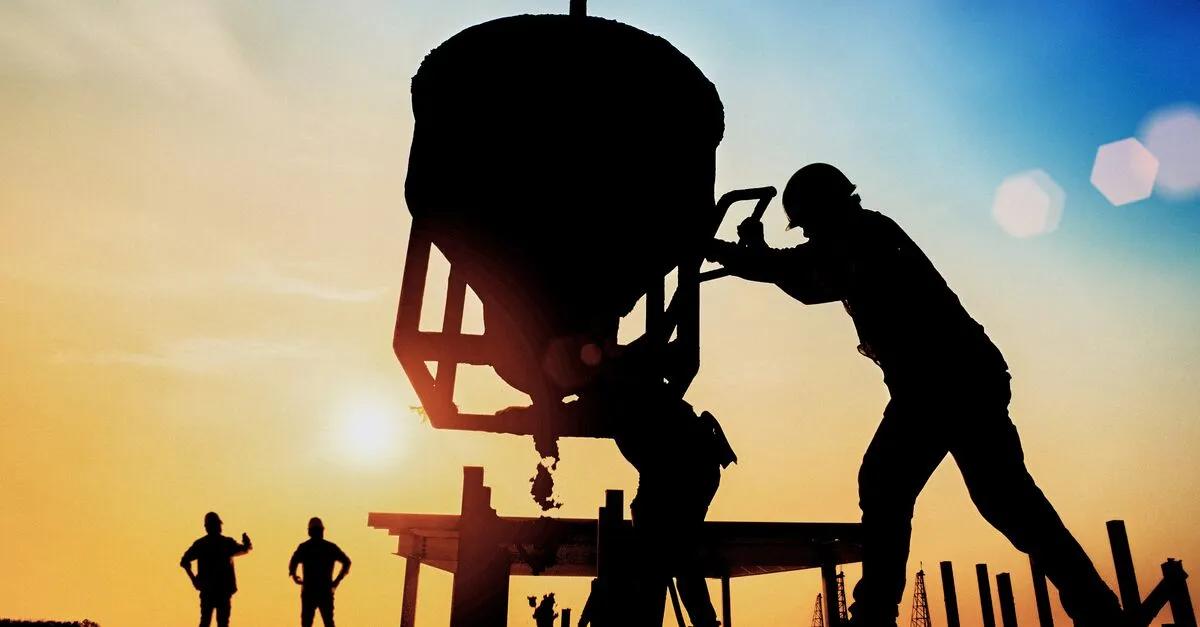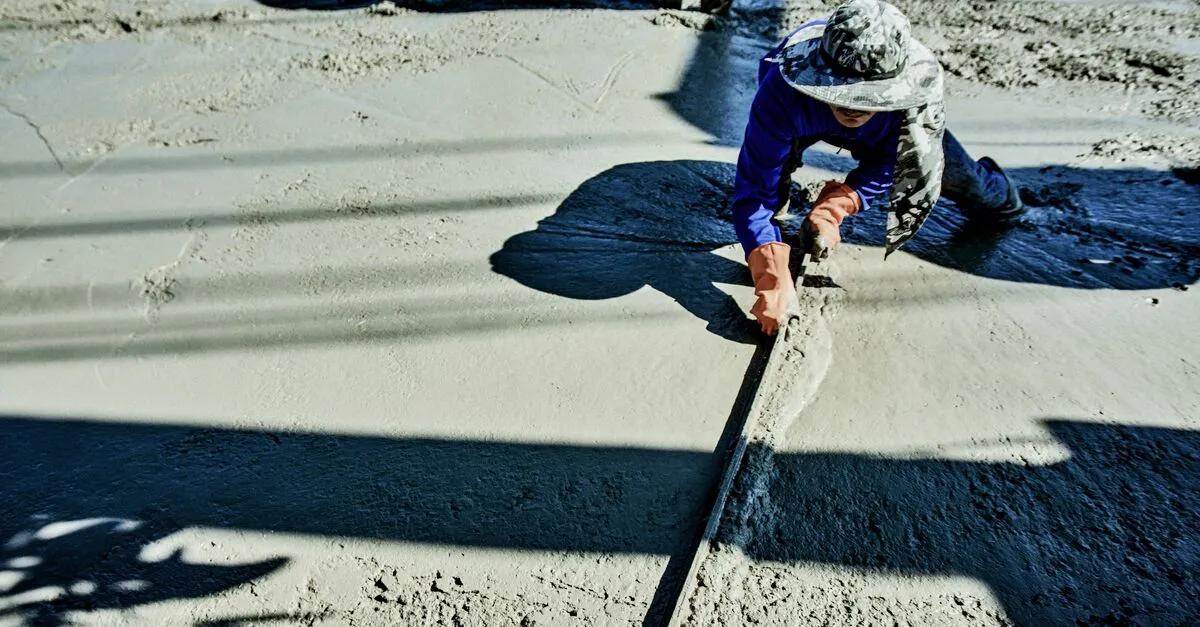
How sustainability is finding its way into the cement industry
13 April 2023
Reading time: 4 min
The transformation of the economy is one of the most important aspects on the way to a sustainable society. Banks play a key role in this process, as their financing solutions provide the lubricant for the economy. As such, they hold one of the most important levers in their hands when it comes to triggering change in companies.
With its Terra approach, ING has set itself the goal of making companies from industries with high CO2 emissions in their loan book climate-neutral by 2050. The cement industry plays an important role in this context, as the production processes here are particularly CO2-intensive. Worldwide, around 2.7 billion metric tons of carbon dioxide is produced each year during production, which is around eight percent of total global emissions. The CO2 is generated primarily during the burning of limestone to form cement clinker, which is responsible for the hardening and binding properties of the cement.
In order to achieve the Terra targets, ING has also defined a fixed target for the exposures in its "Cement Portfolio": By 2030, CO2 emissions are to be reduced to 0.5 metric tons per ton of cement. Chemical and technical processes in production, as well as the capture and storage of the resulting CO2, can reduce emissions in cement production. At the same time, companies are to use a minimum proportion of alternative fuels and energies and accelerate on circularity and recycling. But making the switch will cost. This is where the banks come in.
Sustainable financing solutions are complex

The cooperation between banks and companies is about much more than just monitoring payment deadlines. Sustainable financing solutions are complex. ING now has considerable expertise in this area and has been involved in the three most important issues of this kind in the cement industry.
The first step was taken in 2020 by Holcim, the world's second-largest cement producer by sales. Following the signing of the "Business Ambition for 1.5°C" agreement of the Science-Based Targets initiative (SBTi) , the company issued the first bond linked to Opens in a new tabbond linked to sustainability criteria in the in the building materials industry.
CEMEX went one step further in 2021. The framework for sustainable financing, the so-called Opens in a new tabSustainability-linked Financing Framework for the first time in the cement industry, also included binding targets for the use of alternative energies and an increase in power consumption from clean energy sources.
Heidelberg Materials is the third major producer to have included in its Opens in a new tabFramework 2022 framework, Heidelberg Materials is the third major producer to set particularly ambitious CO2 reduction targets. Emissions are to be reduced by around 30 percent to 400 kilograms per ton of cement by 2030. This is to be achieved by means of a sustainability-linked bond and a sustainable commercial paper program. If the targets in the CP program are not achieved, the company will pay an interest surcharge, which will be passed on to a nature conservation organization. In addition, carbon capture also plays a role in the framework for the first time: a further 10 million metric tons of CO2 are to be saved by 2030 through a new capture plant in Norway.
ING advised the three companies on developing their goals and structuring the corresponding frameworks. The expertise gained subsequently flowed into other projects as well. For example, ING 2022 designed Holcim's first sustainable promissory note loan. At Heidelberg , ING 's role goes beyond financing: As a sustainability target agent, it checks whether the agreed targets are being met, and if not, whether the donation payment has been made.
In the sustainable transformation of the economy, banks can be more than just financiers. Their expertise in structuring financing and their knowledge of the respective industries make them a sought-after sparring partner. In this way, they help companies to find and implement their way in sustainably oriented corporate financing.
Do you have any questions or comments?
Well, then talk directly to one of our experts!